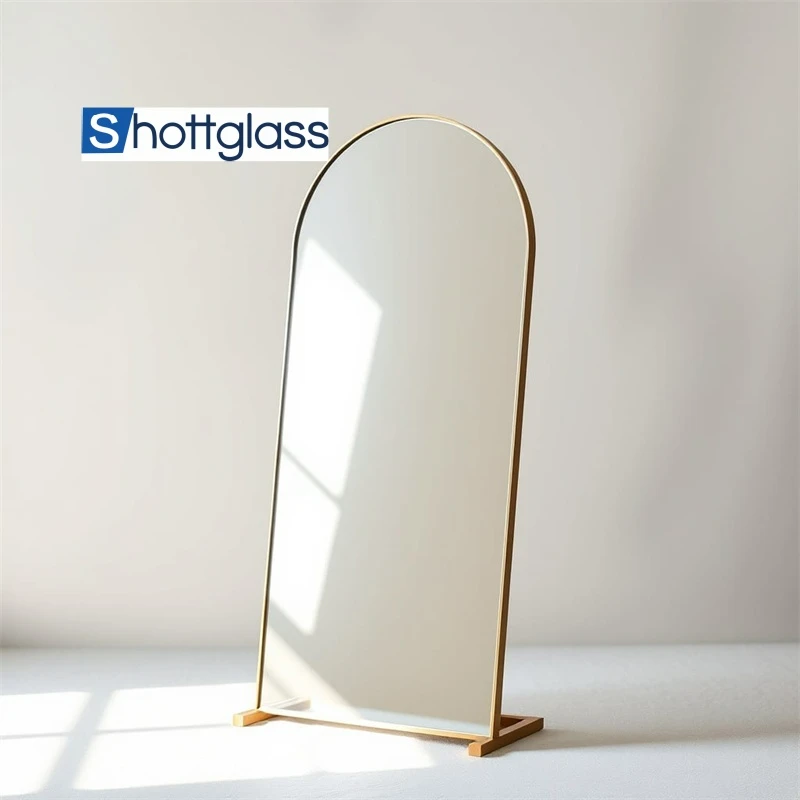Oct . 02, 2024 06:15 Back to list
Comparing Tempered Glass and Laminated Glass for Enhanced Safety and Durability
Tempered Glass and Laminated Glass An Overview of Strength and Safety in Construction
In the realm of construction and architecture, glass is not just a decorative element; it is a fundamental material that plays a crucial role in safety, energy efficiency, and aesthetic appeal. Two types of processed glass stand out due to their enhanced strength and safety features tempered glass and laminated glass. Each type has its unique properties, applications, and advantages that make them ideal for various projects.
Tempered Glass The Power of Heat Treatment
Tempered glass, also known as toughened glass, is produced through a process of extreme heating and rapid cooling. This manufacturing technique increases the glass's strength compared to standard glass and allows it to withstand higher temperatures and sudden changes in temperature without breaking. The process involves heating the glass to around 620 degrees Celsius (1148 degrees Fahrenheit) and then cooling it quickly in a controlled environment.
The key benefit of tempered glass lies in its safety features. If it does break, it shatters into small, blunt pieces rather than sharp shards, significantly reducing the risk of injury. This property makes tempered glass a popular choice for applications where safety is paramount, such as in shower doors, glass doors, and some types of windows, particularly in commercial buildings.
Furthermore, tempered glass exhibits good resistance to thermal stress, making it suitable for use in facades and skylights. As buildings are often subject to drastic weather conditions, using tempered glass can help prevent structural failures that might arise from thermal expansion. Additionally, its ability to withstand high pressure makes it ideal for installations in high-rise buildings, where wind load can be a significant concern.
Laminated Glass Safety and Sound Insulation
Laminated glass, on the other hand, is created by sandwiching a layer of polyvinyl butyral (PVB) or ethylene-vinyl acetate (EVA) between two or more layers of glass. This laminated layer not only holds the glass together in the event of breakage but also provides enhanced acoustic insulation and UV protection. Because the interlayer keeps the layers bonded even when shattered, laminated glass is instrumental in preventing injuries associated with falling glass.
tempered glass and laminated glass

One of the primary advantages of laminated glass is its effectiveness in sound insulation. In urban environments where noise pollution is a concern, laminated glass can significantly reduce the transmission of sound, creating a quieter indoor atmosphere. This feature makes it an attractive option for residential buildings near busy roads or commercial spaces where customer experience is vital.
Moreover, laminated glass also offers enhanced security features. When used in windows, it becomes an effective deterrent against break-ins, as the glass remains intact even when force is applied. This level of security is particularly beneficial for ground-floor installations and storefronts, where theft and vandalism can be significant concerns.
Choosing Between Tempered and Laminated Glass
The choice between tempered glass and laminated glass ultimately depends on the specific requirements of a project. If the primary concern is thermal stress and breakage safety, then tempered glass might be the way to go. On the other hand, if sound insulation and security are critical factors, laminated glass is likely more suitable.
In some cases, a combination of both types may also be utilized. For example, using laminated glass for windows enhances sound insulation and security, while using tempered glass for doors or facades ensures that areas exposed to high thermal stress remain safe and durable.
Conclusion
Both tempered glass and laminated glass represent significant advancements in glass manufacturing technology, prioritizing safety, durability, and functionality. As construction continues to evolve, the implementation of these specialized glass products will undoubtedly contribute to not only safer buildings but also improved living and working conditions for occupants. Understanding the specific properties and advantages of tempered and laminated glass can empower architects, builders, and homeowners to make more informed decisions that adhere to modern safety standards and enhance the overall quality of their spaces.
-
Sustainable Practices in a Modern Coated Glass Factory
NewsAug.07,2025
-
Insulated Glass Unit Installation Best Practices and Tips
NewsAug.07,2025
-
Frosted Glass Types and Custom Solutions for Sale
NewsAug.07,2025
-
Current Clear Float Glass Price Trends in Global Markets
NewsAug.07,2025
-
Comparing Different Types of Laminated Glass Performance
NewsAug.07,2025
-
Best Anti Fog Bathroom Mirror Solutions for Humid Climates
NewsAug.07,2025
Related PRODUCTS














